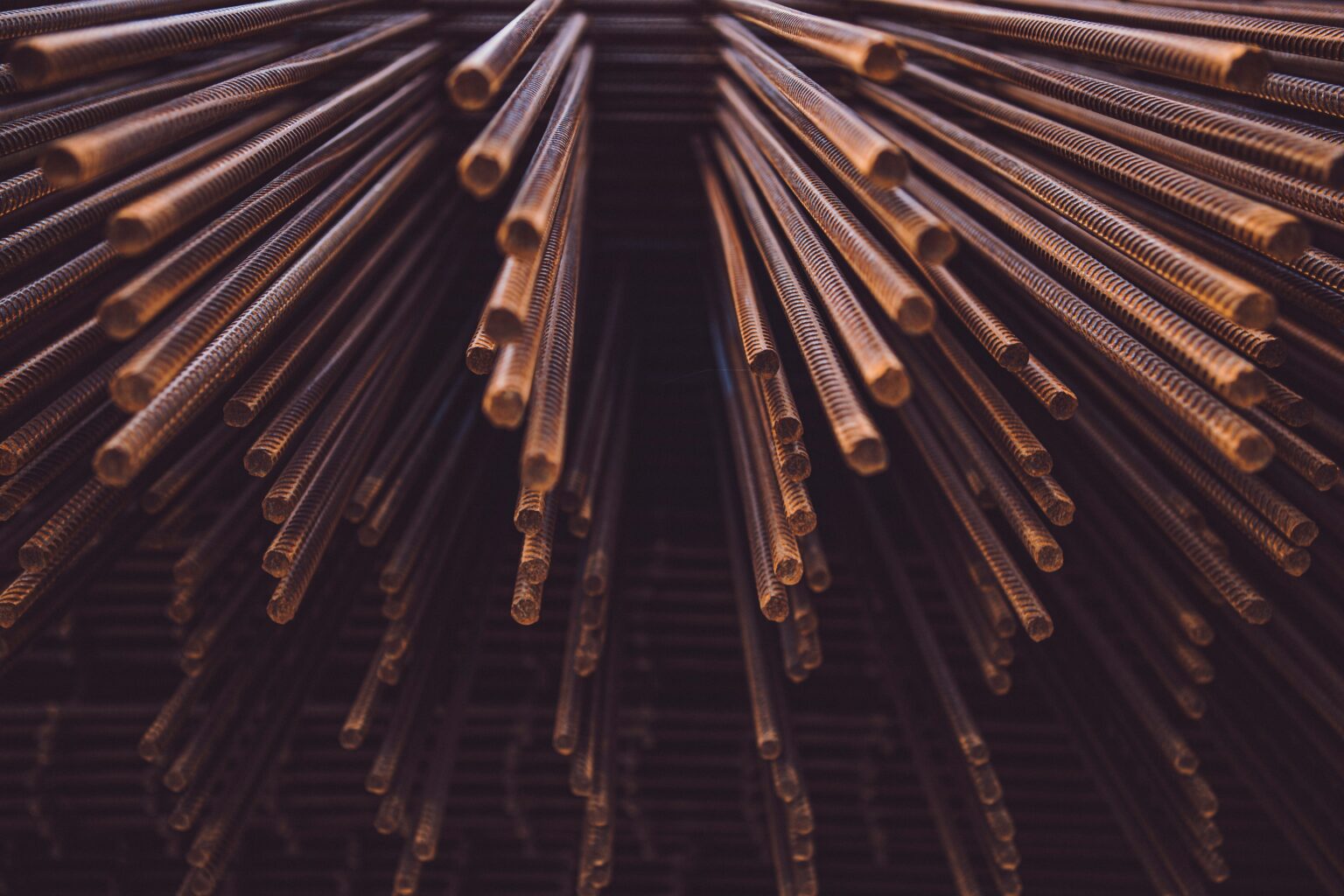Quinbrook Infrastructure Partners has embarked on an ambitious venture to develop the Green Iron Project in Gladstone, Queensland.
This initiative, undertaken in partnership with Central Queensland Metals (CQM), aims to harness the region’s extensive magnetite ore resources to produce green iron, utilizing hydrogen produced by the Central Queensland Hydrogen Project (CQ-H2).
Quinbrook’s Green Iron Project is poised to capitalize on the Eulogie vanadiferous titanomagnetite ore deposit, estimated to contain 465 million tonnes of ore. With potential further exploration, this figure could more than double. The project, requiring a capital investment of up to $3.5 billion, includes exploration, mining, and concentration of the ore, followed by its transport to the Gladstone State Development Zone for conversion into green iron using hydrogen.
The project benefits from Gladstone’s established infrastructure, including rail links to the Gladstone Port, road networks, and high-voltage transmission lines. Quinbrook has secured exclusive land rights near CQ-H2 and is in joint venture discussions with Stanwell Corporation for hydrogen supply and renewable power delivery.
In the context of global green steel production, Quinbrook’s project aligns with efforts seen in Europe and North America, where companies are increasingly investing in hydrogen-based steel manufacturing to reduce carbon emissions. For instance, Sweden’s HYBRIT project, a collaboration between SSAB, LKAB, and Vattenfall, aims to produce fossil-free steel by 2026. Comparatively, Quinbrook’s project is still in the developmental phase, with commercial production several years away.
The process of converting magnetite ore into green iron using hydrogen is technologically complex and energy-intensive. While the concept is promising, the scalability and economic viability of hydrogen-based steel production remain under scrutiny. The cost of hydrogen production, infrastructure development, and energy supply consistency are critical factors that could impact the project’s success.
If successful, the Green Iron Project could significantly boost Queensland’s economy, creating jobs and attracting investment. The project promises to transform Gladstone into a hub for green manufacturing, leveraging the region’s renewable energy resources. However, the upfront investment and ongoing operational costs are substantial, necessitating sustained financial and policy support.
The project aims to produce zero-emission hydrogen and green iron, aligning with Australia’s goals for a sustainable energy transition. By reducing reliance on coal and natural gas, it could substantially lower carbon emissions in the steel industry. Nevertheless, the environmental benefits hinge on the project’s ability to scale effectively and manage the lifecycle emissions associated with hydrogen production and ore processing.
Quinbrook acknowledges the supportive policies of the Federal and Queensland State Governments, which are crucial for the project’s advancement. The ‘Made in Australia’ and critical minerals policies are designed to foster local manufacturing and attract international investment. However, navigating the regulatory landscape, securing necessary approvals, and ensuring compliance with environmental standards are ongoing challenges.
The global hydrogen market is still evolving, with fluctuating demand and prices. Quinbrook’s project must adapt to these market dynamics, ensuring competitive pricing and sustainable supply chains. Engaging with global industry players and securing long-term contracts for hydrogen and green iron will be vital for the project’s viability.
